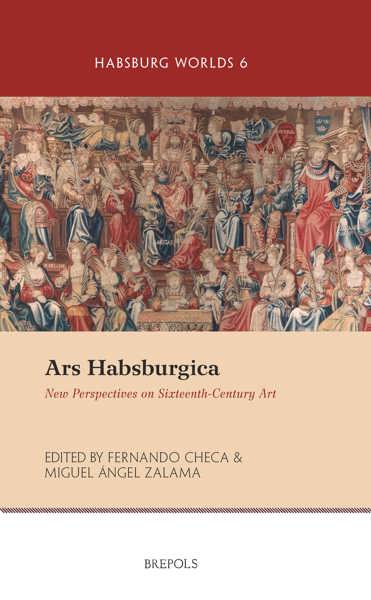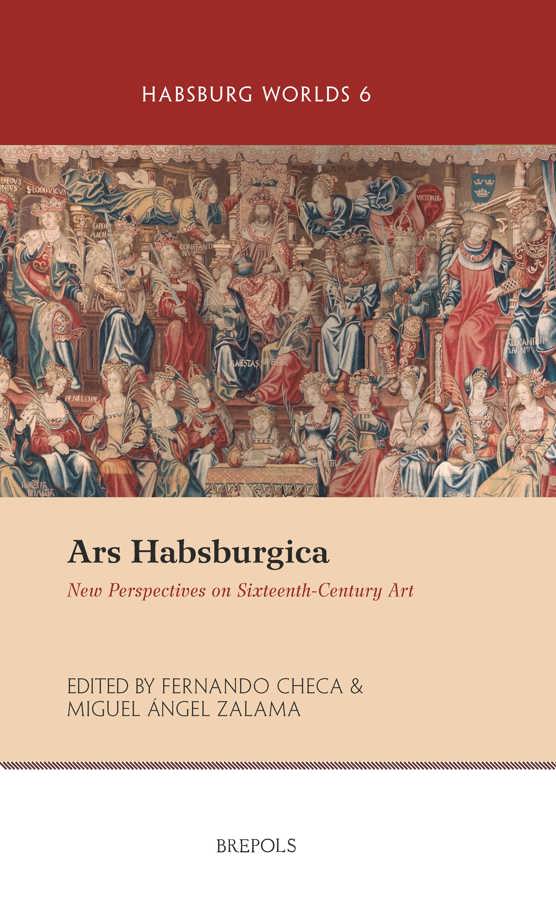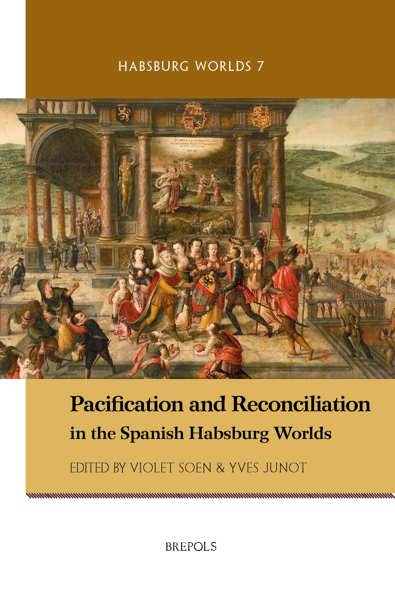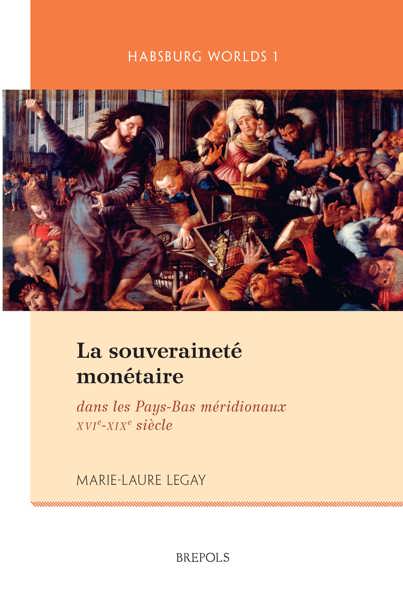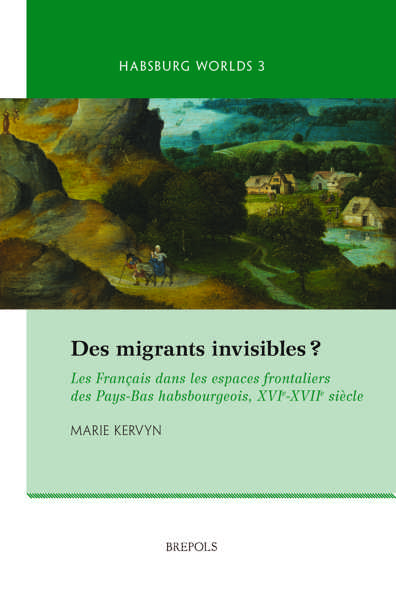
- Pages: 268 p.
- Size:156 x 234 mm
- Illustrations:45 b/w
- Language(s):English
- Publication Year:2023
- € 99,00 EXCL. VAT RETAIL PRICE
- ISBN: 978-2-503-59594-8
- Paperback
- Available
- € 99,00 EXCL. VAT RETAIL PRICE
- ISBN: 978-2-503-59595-5
- E-book
- Available
Ars Habsburgica wants to support a substantial new methodological approach to an essential aspect of the European Renaissance Art.
"In conclusion, this collection of essays offers a well-balanced view on both the artistic and literary image-building and representation of the Habsburg rulers in the Low Countries, the Iberian Peninsula, and the German-speaking lands." (Oliver Kin, in Bulletin de l’Institut royal du Patrimoine artistique, 39, 2024)
"This volume is intended to make the reader reflect about sixteenth-century art, about the concept of Renaissance and about the legacy of Vasari and Italian art. But more importantly, perhaps, it encourages the reader to do so while virtually wandering through the palaces and castles of Mechelen, Brussels, Binche, Ambras and, of course, the monastery of El Escorial" (Fernando Gutiérrez Baños, in The Burlington Magazine, 167, January 2025, p. 68)
Fernando Checa, professor of Art History at the Complutense University of Madrid. He has been Director of the Museo Nacional del Prado (1996-2001) and was awarded with the National Prize of the History of Spain (1993). Curator of exhibitions about the House of Austria in Madrid, Vienna, Paris, Ghent, Brussels, Toledo or Puebla de los Angeles (Mexico). Paul Mellon Senior Fellow at CASVA (Washington) and Visiting Professor at the Universiteì de Geneve (Switzerland) and Oklahoma State.
Miguel Ángel Zalama, professor and director of the Department of Art History at the University of Valladolid (Spain), and director of the Tordesillas Center for Relations with Latin America. After his doctorate, he moved to the Institute of Fine Arts at New York University, where he worked with Jonathan Brown. Researcher at the University of La Sapienza, Rome, he has been visiting professor at the Université Catholique de l’Ouest, Angers (France), and at the University of Monterrey (Mexico).
Starting from a political reality, which is, at the same time, artistic and cultural, the book Ars Hasburgica aims to review the still so common historiographical conception of the Renaissance that conceives this period from a geographically Italocentric, artistically classicist and politically centered the idea of "national" arts and schools.
But Renaissance is a more global and complex phenomenon. What this book aims to offer is an idea of the art of that period that considers the role played by the Habsburg dynasty and its various courts in this period, trying to verify whether, by applying other historiographic models, and having the art of the Casa de Austria as a focus, traditional ideas can continue to be maintained well into the twenty-first century. We refer to the so-called "Vasari paradigm", on which art history of the sixteenth century has largely been built over the last centuries. It is also intended to structure concepts about the art of the period not so much around nationalist considerations and identities of the arts, but to raise these issues throughout ideas such as that of the court as a political, artistic and cultural sphere, in the wake of the classical studies by Norbert Elias, Amedeo Quondam or Carlo Ossola.
Introduction: Ars Habsburgica, or New Perspectives on Sixteenth-Century European Art
Fernando Checa and Miguel Ángel Zalama
Habsburg Politics and Cultures in the Sixteenth Century: the Cosmopolitan Iberian Experience of Empires and Kingdoms
Fernando Bouza
A Theory of Art for the `Habsburg Renaissance´
Fernando Checa
Rethinking Vasari: Art and Arts in the Sixteenth Century
Miguel Ángel Zalama
The Antithesis between the Vasarian Canon and the Habsburg Model of the Arts: Defining National Identity in the Italian Risorgimento
Matteo Mancini
Luxury and Identity in the Sixteenth-Century Habsburg Courts
Jesús F. Pascual Molina
Food as a Strategy of Power: the Political Role of Banquets in Prince Philips’s Felicísimo Viaje (1548-1551)
Vanessa Quintanar Cabello
His Polis: The Habsburg Naval Epic in the Mediterranean
Víctor Mínguez
Habsburg Mars: The House of Austria and the Artistic Representation of Land Warfare
Antonio Gozalbo Nadal
Sixteenth-Century Notions on Spolia and Triumph Representation
Antonio Urquízar-Herrera
The Armamentarium Heroicum of Archduke Ferdinand of Tyrol
Christian Beaufort-Spontin
The Habsburgs and Emblematic Literature: a Historiographical Assessment
Patricia Andrés González
Books and Libraries in the Construction of the Habsburg Dynasty’s Image during the Sixteenth Century
José Luis Gonzalo Sánchez-Molero
Epic and Truth: Writing for the Habsburgs in Sixteenth-Century Spain
María José Vega
Philip II as Rex Pacificus: Belligerence and Pacifism in Epic Versions of the Battle of Saint-Quentin (1557)
Lara Vilà
Notes on the Contributors
Index of Names
